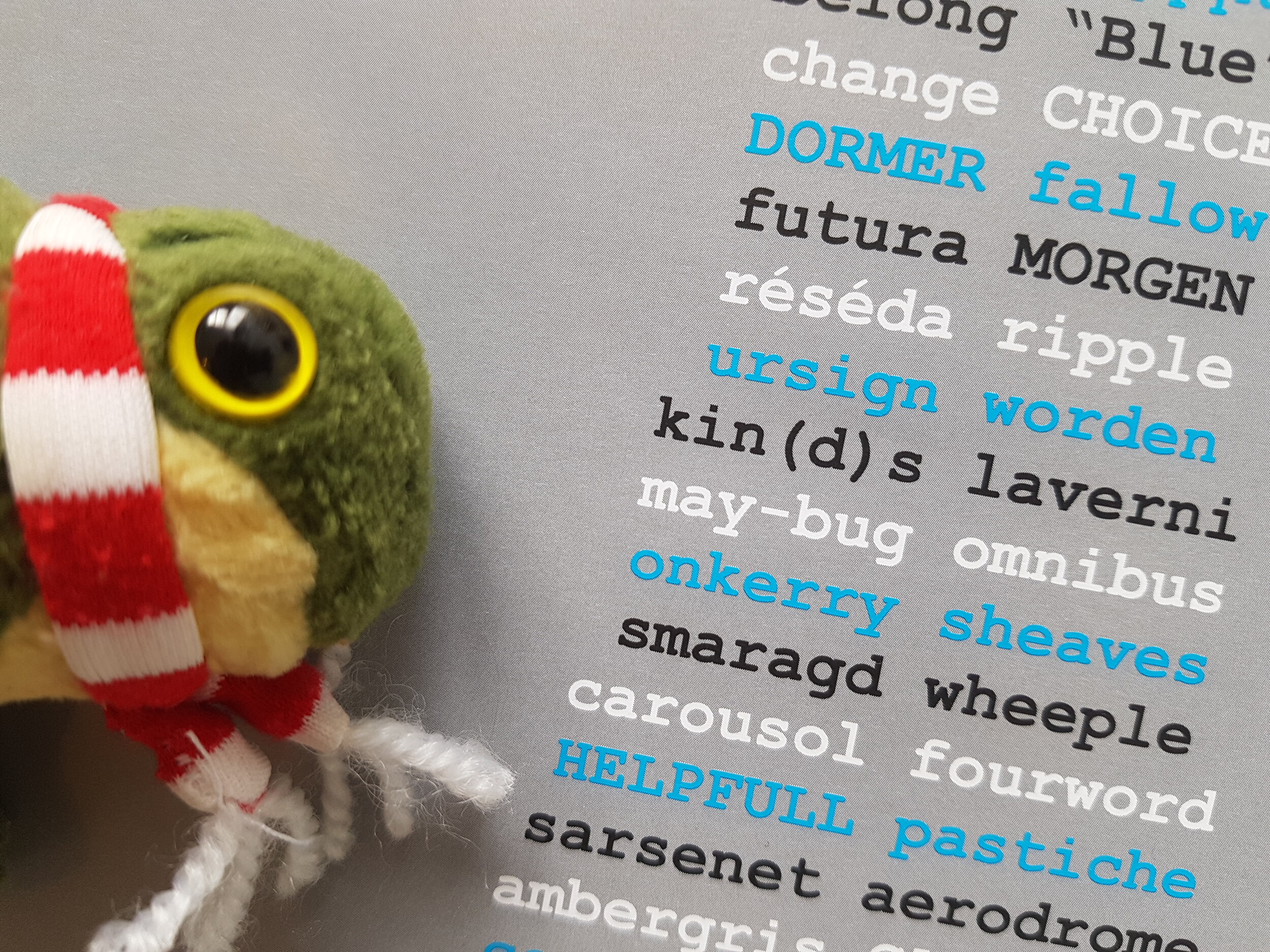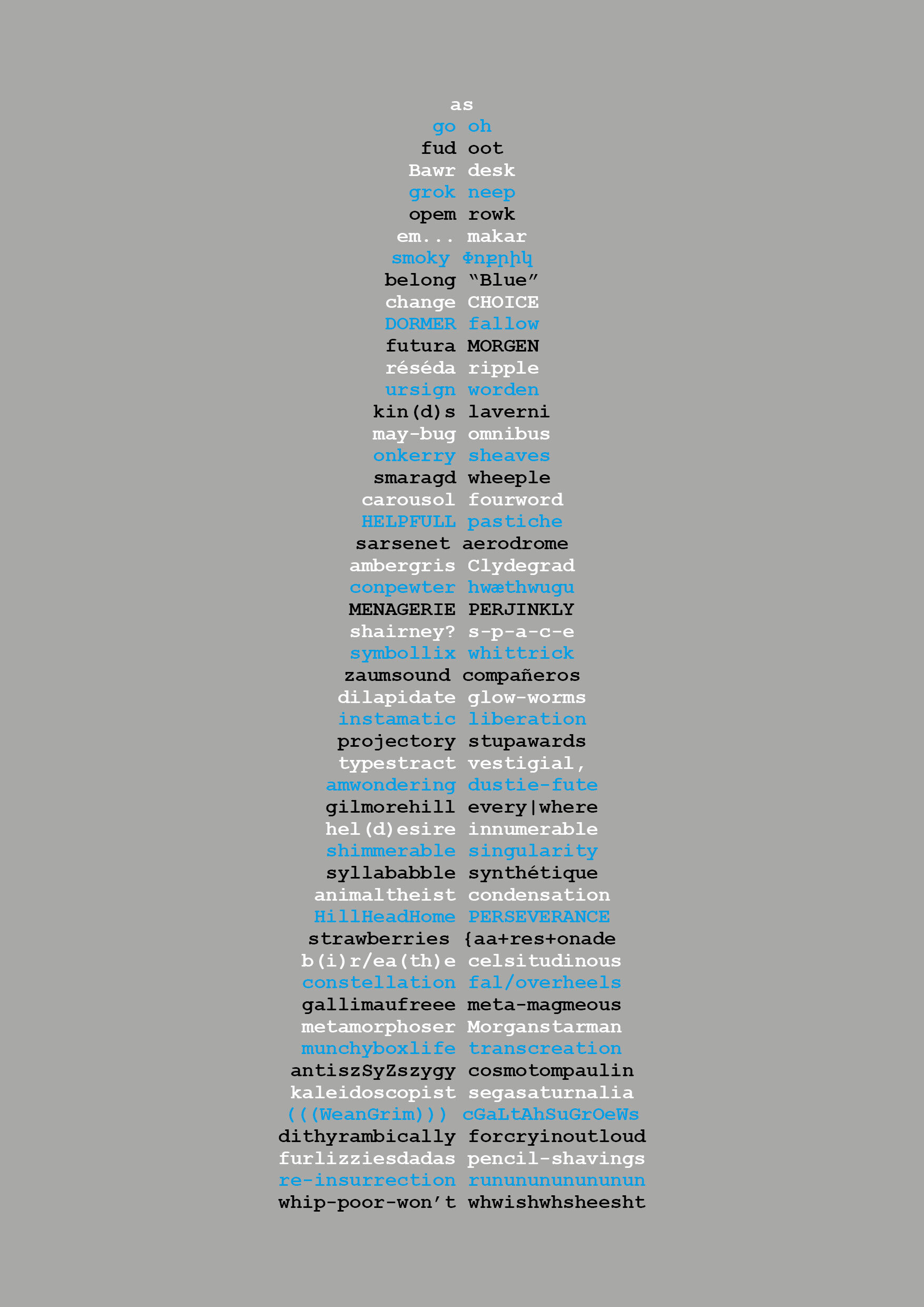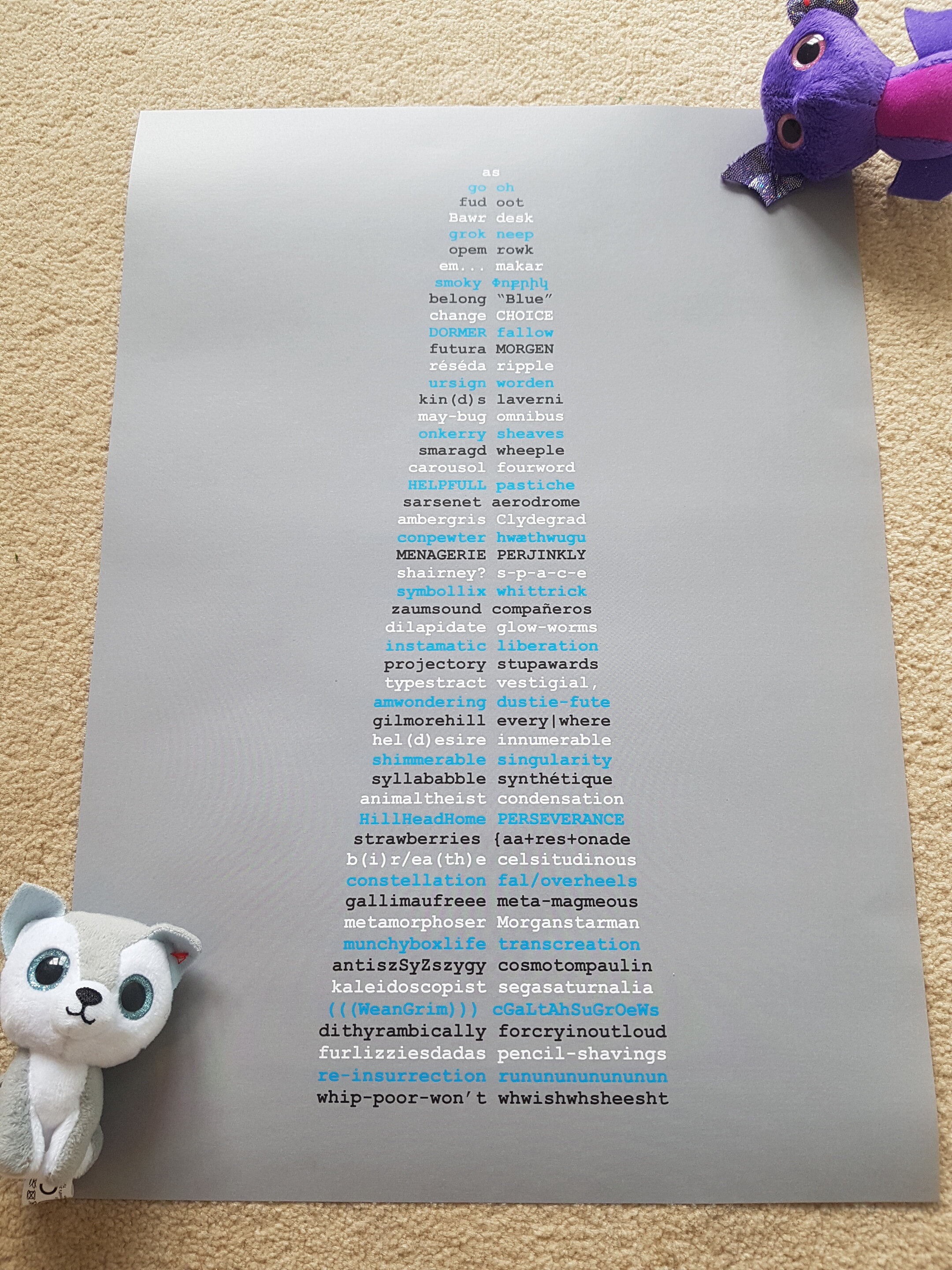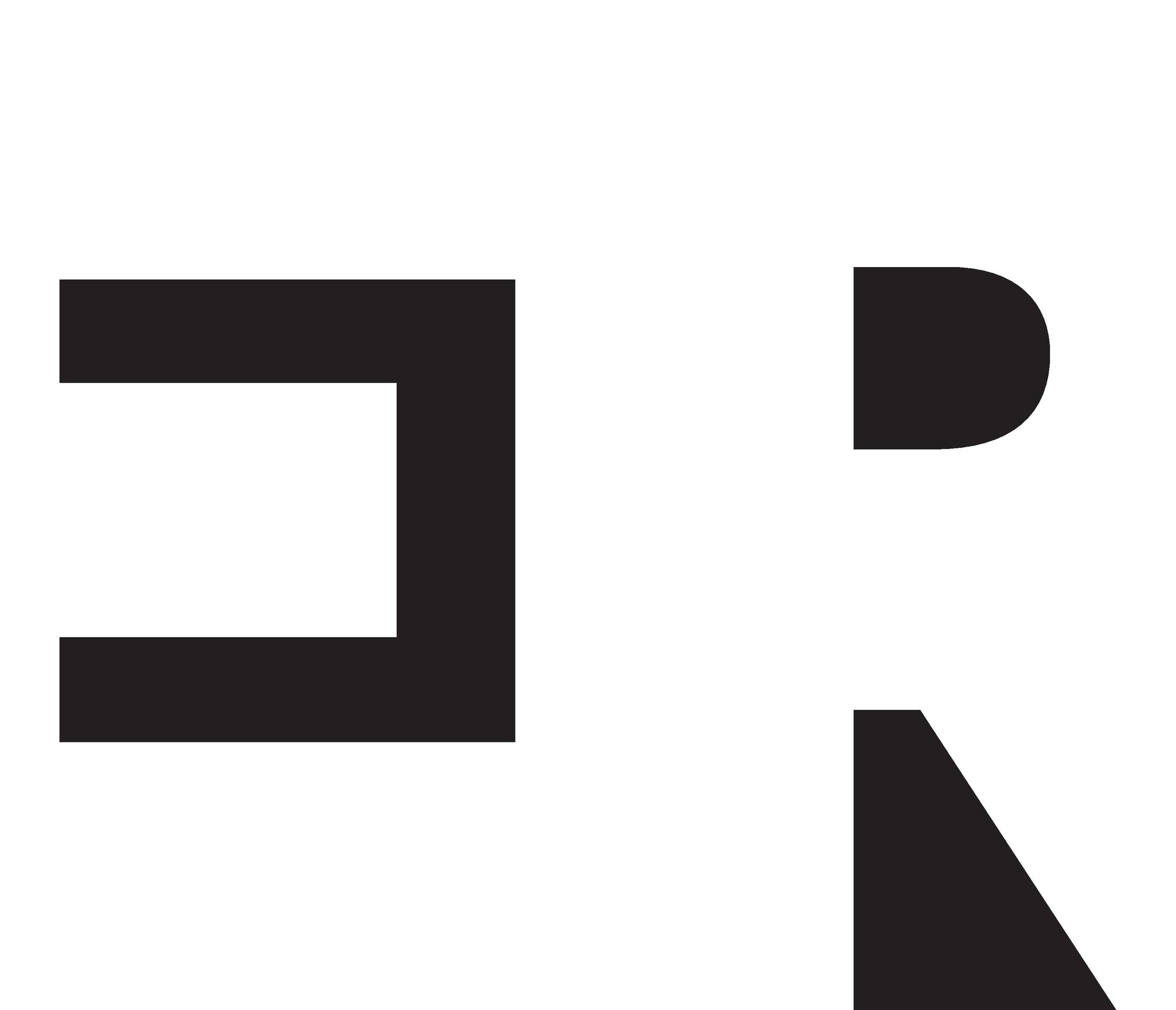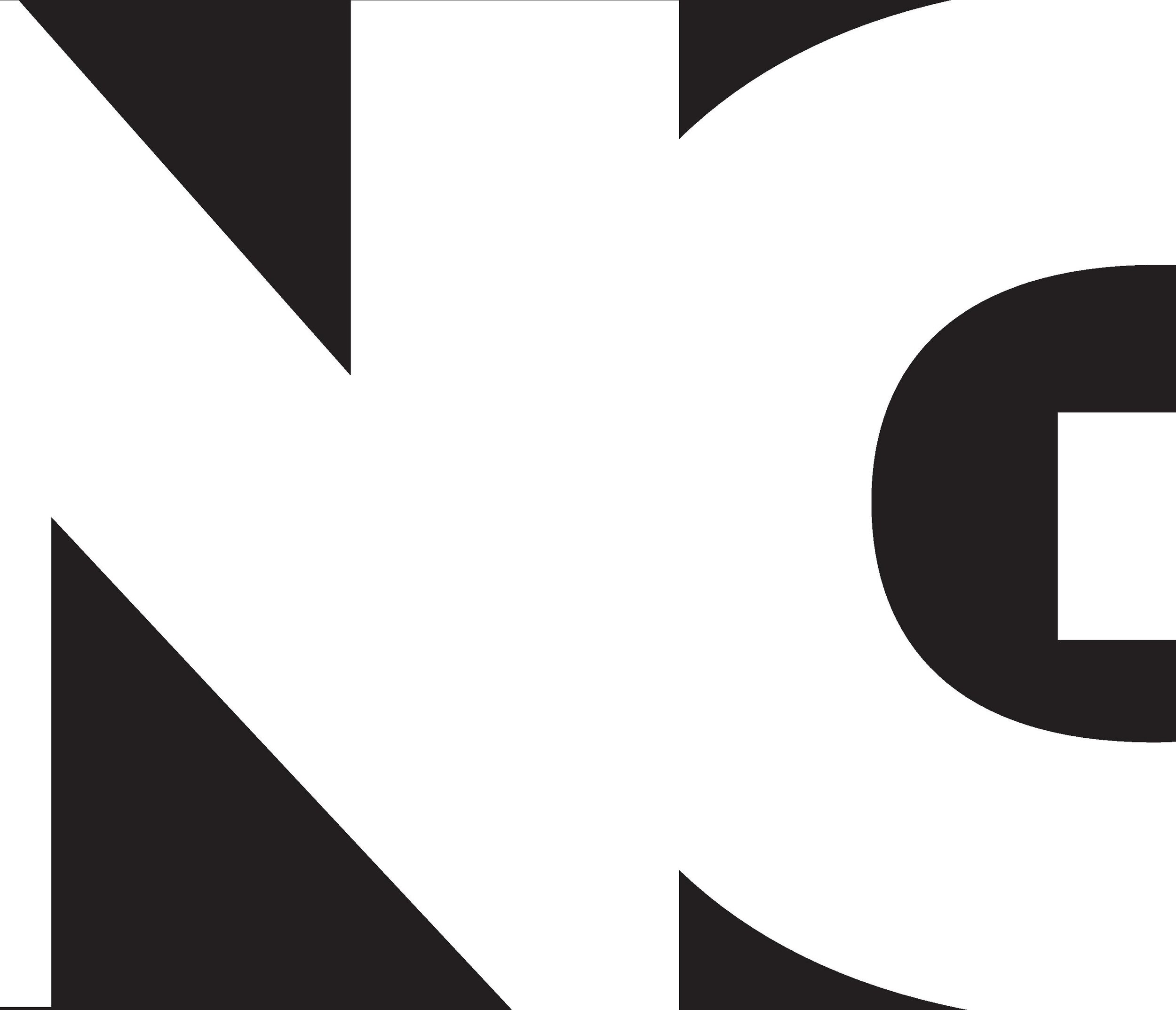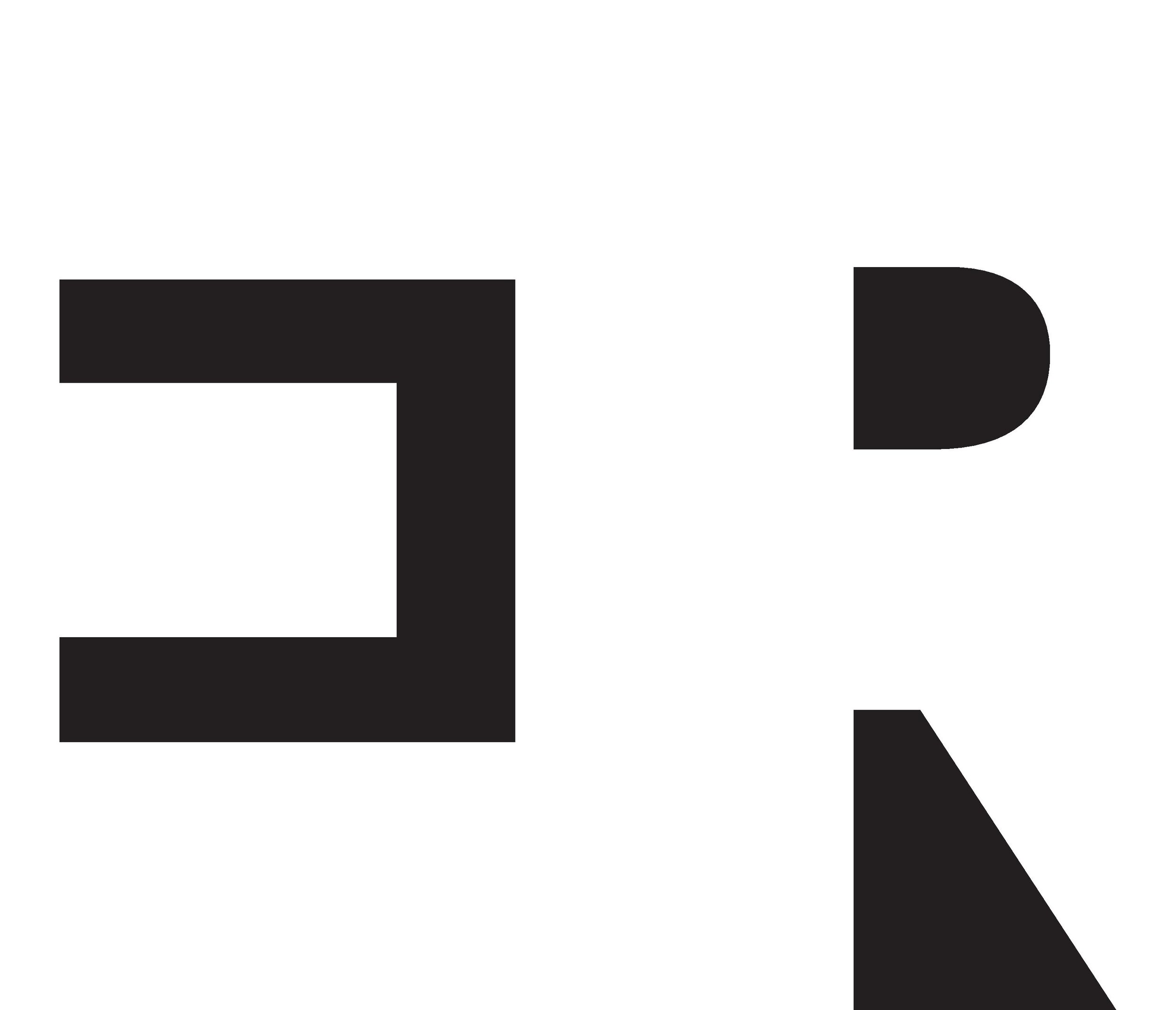I conceived of this exhibition for multiple reasons. The first, I wanted to invest in the place. I've been teaching at Kingston University for a few years and wanted to create a platform in the area, outside of London (just) where those living or studying local felt that not everything was east of them, in the city, that there was some focus on the place as other than a place to visit, but to reside, creatively. Second because I wanted students and faculty from across departments to connect, from across ages and years and practises, and I wanted this to happen in the context of the many brilliant poets and artists who were also not associated with the Uni. Too often we're all in our own boxes, in all things, but especially in the pace of teaching or studying. Thirdly, I had hoped new friendships and collaborative relationships would begin and by placing students work next to those who are ostensibly professionals, that many students would take inspiration from that, would get permission to experiment, to follow their own noses, and that it would as a project show them they could go into spaces beyond the university. This is often a problem too, that students feel too safe at university creatively, and this comes to bear painfully when they graduate. Fourthly I had built some fantastic connections with a specific group of students, both undergraduate and postgraduate whom I felt deserved the opportunity to do something special, or unique certainly, and I knew I could rely on them to help me, to make it a collective enterprise. This proved true. And finally, I wanted the actual aesthetic content of the exhibition to be innovative, to explore the potential of text beyond the book, or the visual to be read as a text. In the end we had 40 works of a really striking standard, the exhibition looks genuinely engaging, original and beautiful.
Museum of Futures themselves, Simon Tyrell and Robin Hutchinson, introduced to me by the brilliant Lucy Furlong, were amazingly supportive, doing great work. Myself and the student co-curators, especially Molly Bergin, Olga Kolesnikova and Matt Navey, had a laugh putting it all together on a windy Wednesday in Surbiton. There is real camaraderie to be found in this kind of project. And the opening night was amazing, gratifying. The room was so full someone feinted. Packed to the gills we listened to a host of new collaborative readings I had commissioned for the night and I got to make new friends as well as seeing some of my favourite people, old friends and talents like Thomas Duggan, Alexander Kell and Camilla Nelson. The readings were great and the sense of community, of purpose and excitement was palpable. A special project all told.
All the reading videos and pictures are, or will be, here www.theenemiesproject.com/futures
